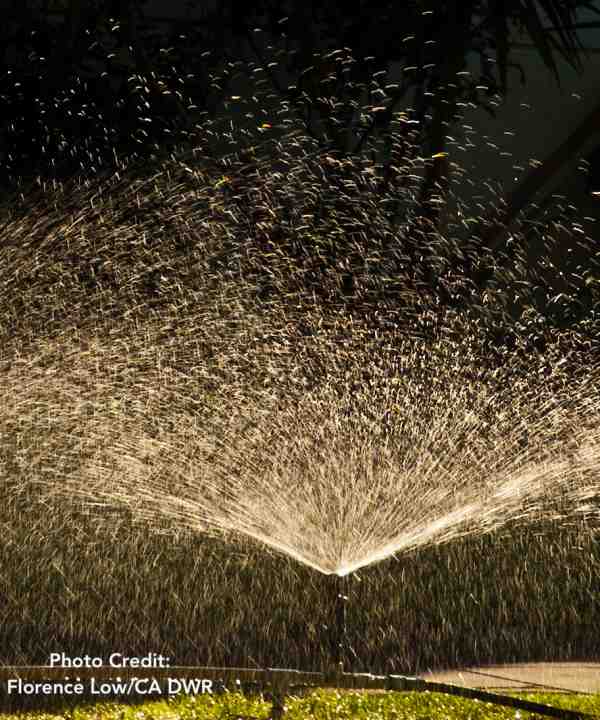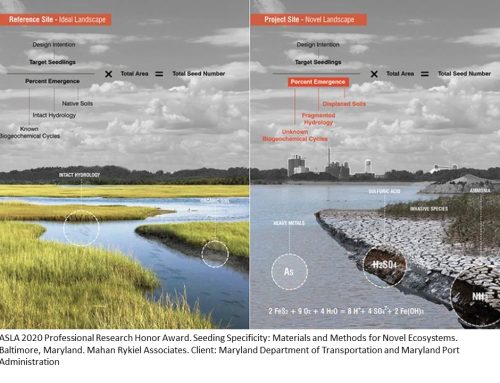
A new study analyzes patterns of urban irrigation and vegetation health during extreme drought. Its findings could inform urban water conservation and water infrastructure development under climate pressures.
The grass is not always greener if you water it, a new study finds. A recently published Stanford-led paper couples water-use and remote sensing data to examine the effectiveness of irrigation on urban green space during periods of climate-induced drought. Their findings provide important insights for efficient water conservation management as droughts become more frequent and severe due to a changing climate.
Limiting outdoor water use is a key component of managing water scarcity. However, maintaining green space , a societal norm in many urban areas , offers a variety of benefits, such as recreation and aesthetic value along with auxiliary benefits such as stormwater retention and management. As a result, preserving vegetation while conserving water is a major challenge. As droughts become more frequent and severe due to a changing climate, deciding on the optimal allocation of limited water resources within a city becomes even more important.
"To make more effective water infrastructure decisions, we need an improved understanding of how outdoor water use patterns, vegetation greenness and climate impacts interact," said Newsha Ajami, study senior author and director of Urban Water Policy at Stanford's Water in the West program.
Stanford researchers teamed up with Andrew Marx, associate professor at the Spatial Sciences Institute of the University of Southern California Dornsife College of Letters, Arts and Sciences to analyze water use and remote sensing data for nonresidential properties in Redwood City, California before and during the state's 2012-2016 drought. They coupled high-resolution satellite imagery of parcels with water use data from irrigation "smart meters" tracking only outdoor usage. Their analysis focused on commercial, industrial and institutional customers irrigating with recycled or potable water. The two water types are governed by different water use policies, and only potable water customers are subject to mandatory water use restrictions.
"Because we had customers with two water types, managed under different restrictions and policy regimes, but facing the same drought conditions, we could evaluate how vegetation vigor evolved under different levels of irrigation but also conservation," said lead author Kim Quesnel, a Ph.D. candidate in civil and environmental engineering at Stanford.
The team found that despite differing policy and pricing regulations, potable and recycled water use followed similar trends, although potable users conserved more water overall. Water customers decreased their usage as the drought progressed regardless of their water type, with the most substantial decreases occurring after the summer of 2014 when mandatory outdoor watering restrictions went into effect.
Hot and dry temperatures greatly influenced parcel greenness, which was lowest during the height of the drought in 2014, even before implementation of water restrictions, but rebounded after the drought, despite decreased water use. Vegetation health decreased from 2012 to 2014, while irrigation rates did not change substantially, suggesting that under extreme climatic stress, even with consistent irrigation, vegetation may not be able to thrive. The greenness started recovering despite continued conservation even after restrictions were lifted in 2016, due to decreasing severity of the drought with increased precipitation and decreased temperatures.
"These findings are relevant for arid and semi-arid communities in the U.S. and around the world. As droughts become more frequent and severe due to climate change, we should be rethinking urban landscapes," Quesnel said.
The study offers valuable insight on urban water use patterns, showing that vegetation may not be able to withstand the most severe drought periods regardless of sustained irrigation rates. As more cities consider diversifying their water portfolios and incorporate recycled water, understanding where and how recycled water will be used most efficiently is key to guiding conservation efforts.
"Currently, these decisions are not well coordinated and informed. Through this approach we hope to shed some light on how environmental stress such as extreme droughts and their long-term impacts on water use patterns need to be more actively incorporated in our infrastructure investment process and water use allocation," said Ajami.
The authors note that solutions such as shifting to climate-appropriate landscaping, creating more shaded areas, implementing drip irrigation and nighttime watering are helpful water management practices. However, recognizing the limits of irrigation during drought will prove critical in guiding efficient water policy and urban planning in the coming years.




